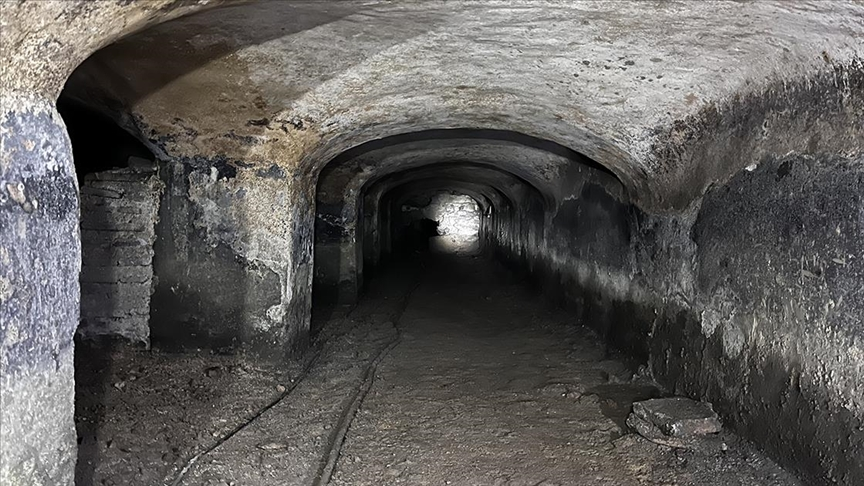Opening Istanbul’s Subterranean Wonders to the Public
The Turkish Ministry of Culture has launched an extensive cleaning initiative to prepare the underground spaces of Hagia Sophia for public access. This ambitious project involves restoring a network of tunnels, vaults, corridors, and a three-room underground tomb beneath this world-famous architectural marvel.
A Secret Network Beneath Hagia Sophia
These subterranean structures have played various roles over the centuries, serving as ventilation shafts, storage areas, and even burial sites. Experts describe this concealed labyrinth as the “lifelines” of Hagia Sophia, revealing an intricate system hidden beneath the historic landmark.
The Hypogeum: A Window Into the Past
One of the most remarkable discoveries is the “Hypogeum,” an underground tomb located four meters below the northeast façade of Hagia Sophia. Constructed in the fourth century A.D., this burial site predates the iconic structure, which was built in the sixth century.
Although the existence of this underground tomb has been known since 1946, it remained buried under four tons of mud and sediment. Thanks to the large-scale cleaning efforts initiated by the Ministry of Culture and Tourism in 2020, the tomb has now been uncovered, revealing its historic grandeur. Over time, it has undergone modifications and was connected to other underground spaces through ventilation shafts, making it one of the oldest surviving architectural elements in the region.
Ongoing Research and Restoration Efforts
Dr. Hasan Fırat Diker, a member of the Hagia Sophia Science Council, has been leading research on these underground structures for the past five years. The interconnected passages surrounding Hagia Sophia extend nearly one kilometer, with the cleaning process expected to take another year to complete.
“This project is of great significance, as it allows even a portion of these hidden areas to be visited. Every discovery is carefully examined under the supervision of the Hagia Sophia Museum, and the findings provide new insights into Istanbul’s rich history,” said Dr. Diker.
He further emphasized that sections beneath the arcaded courtyard date back to the time of Hagia Sophia’s construction, making them approximately 1,500 years old. The tomb, however, is believed to be even older than the present-day structure.
Diker also highlighted the importance of preserving both the superstructure and the underground components of Hagia Sophia. “It is encouraging to see that efforts are being made not only to maintain the structure above ground but also to protect and study what lies beneath,” he noted.
As restoration and research continue, the opening of these hidden tunnels and vaults will offer visitors an unprecedented glimpse into the lesser-known chapters of Hagia Sophia’s history.







